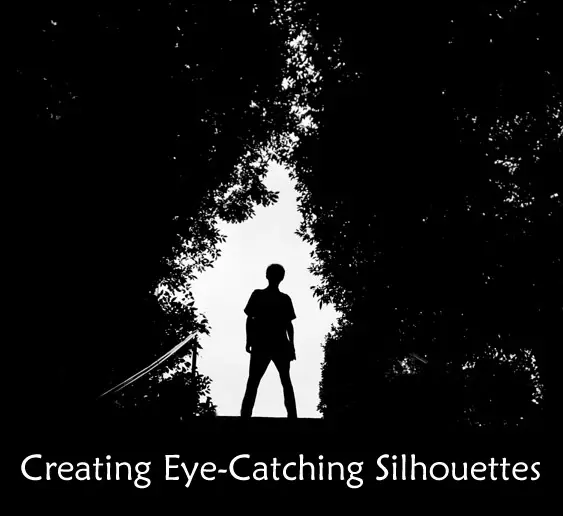Imagine standing before a canvas of sky, your camera in hand as the sun dips below the horizon. That’s where my journey with silhouette photography began.
I learned early on that these shots are more than just pictures; they’re stories waiting to be told. They convey drama and emotion through stark contrast and simplicity.
In this piece, you’ll learn how to harness light sources like that dipping sun, tweak your camera settings for those crisp silhouetted subjects against bright backgrounds, and tap into post-processing tricks to polish off each shot. By the end, capturing gorgeous silhouette portraits or creative landscape outlines will seem less like luck—and more like second nature.
… Continue reading Techniques for Creating Eye-Catching Silhouettes
 Chernobyl Legacy is a heart-wrenching photo essay that reveals, in a series of stark, intimate and haunting portraits, the terrible human cost of the Chernobyl nuclear reactor accident. You’ll never be able to forget after you see it.
Chernobyl Legacy is a heart-wrenching photo essay that reveals, in a series of stark, intimate and haunting portraits, the terrible human cost of the Chernobyl nuclear reactor accident. You’ll never be able to forget after you see it.








